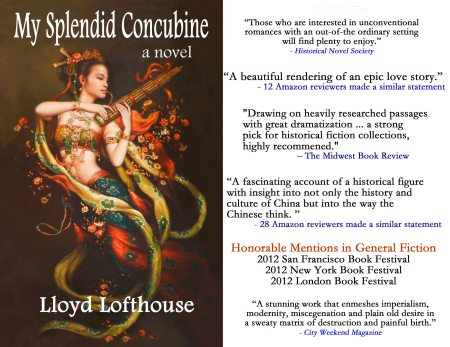The last alleged Asian democracy to shine a brief spotlight on is Taiwan, which isn’t really a country, since the United States and most other significant nations recognize one China and thus include the boundaries of Taiwan as being part of the boundaries of (mainland) China.
In fact, China claims Taiwan as its province, and the international community does not want to contradict China, so Taiwan is not a member of the United Nations.
Although local elections were allowed in Taiwan as early as the 1950s, the Kuomintang (KMT) ruled Taiwan with martial law under Chiang Kai-shek (1887 – 1976), and repressed democracy advocates for more than three decades—sometimes brutally.
For instance, there was another massacre “I never heard of” that I stumbled on by accident while researching another post, the 2/28 Massacre in Taiwan. Estimates of the number of deaths vary from 10,000 to 30,000 or more. The massacre marked the beginning of the Kuomintang’s White Terror period in Taiwan, in which thousands more inhabitants vanished, died, or were imprisoned. Has anyone heard the U.S. media remind Americans of the massacre in Taiwan that murdered as many as 10 times the casualties that have been reported annually about the alleged 1989 massacre in China’s Tiananmen Square?
After Chiang Kai-shek’s death, in 1976, the KMT held onto power until 2000. Then in direct elections, the Taiwanese people voted for a president in 1996, 2000, 2004, 2008 and 2012, but corruption reared its ugly head again.
In 2009, Time World reported on former President Chen Shui-bian‘s corruption trial. Chen was accused of taking $9 million dollars in personal kickbacks on a state-sanctioned land deal, embezzling over $3 million from a state fund and laundering millions to overseas accounts.
Then in 2010, the Taipei Times reported, “A former president (Chen Shui-bian) jailed for graft, a retired head of military police indicted for embezzlement, three top judges accused of taking bribes — the list goes on. Taiwan has a problem with corruption.”
In addition, New York Times reported, “Lee Teng-hui, a former president (served 1996 – 2000), who moved the self-governing island toward democracy, was indicted … on charges of embezzling $7.79 million from a state fund, becoming the second former president of Taiwan to be charged with corruption.”
One good thing to say for Taiwan is a low poverty level similar to mainland China. However, in the world’s most powerful democracy, the U.S. 2010 Census says 15.7 percent of Americans live in poverty and that is 47.8 million people—more than twice the population of Taiwan.
After discovering the track record of these so-called multi-party democracies in Asia, do you think mainland China’s growing middle class will eventually want a multi-party democracy?
For one answer, Professor Stephen Kobrin of the Wharton School of Knowledge at the University of Pennsylvania says, “We tend to assume all middle-class people have certain values.”
Kobrin points to the common assertion that people rising into the middle class will press for democracy. However, that does not seem to be happening in China where he suggests that people may be willing to accept more autocratic regimes in return for stability and a middle-class consumer lifestyle.
“The assumption has been that there’s a link between capitalism and democracy, that as incomes rise and people become educated, they will increase pressure for democracy and freedom and civil liberties,” notes Kobrin. “That may or may not be true.”
What do you think—is democracy in Asia working and should China give it a try?
Return to India in Part 5 or start with Japan in Part 1
______________________________
Lloyd Lofthouse is the award-winning author of My Splendid Concubine [3rd edition]. When you love a Chinese woman, you marry her family and culture too. This is the unique love story Sir Robert Hart did not want the world to discover.
Subscribe to “iLook China”!
Sign up for an E-mail Subscription at the top of this page, or click on the “Following” tab in the WordPress toolbar at the top of the screen.




 Posted by Lloyd Lofthouse
Posted by Lloyd Lofthouse